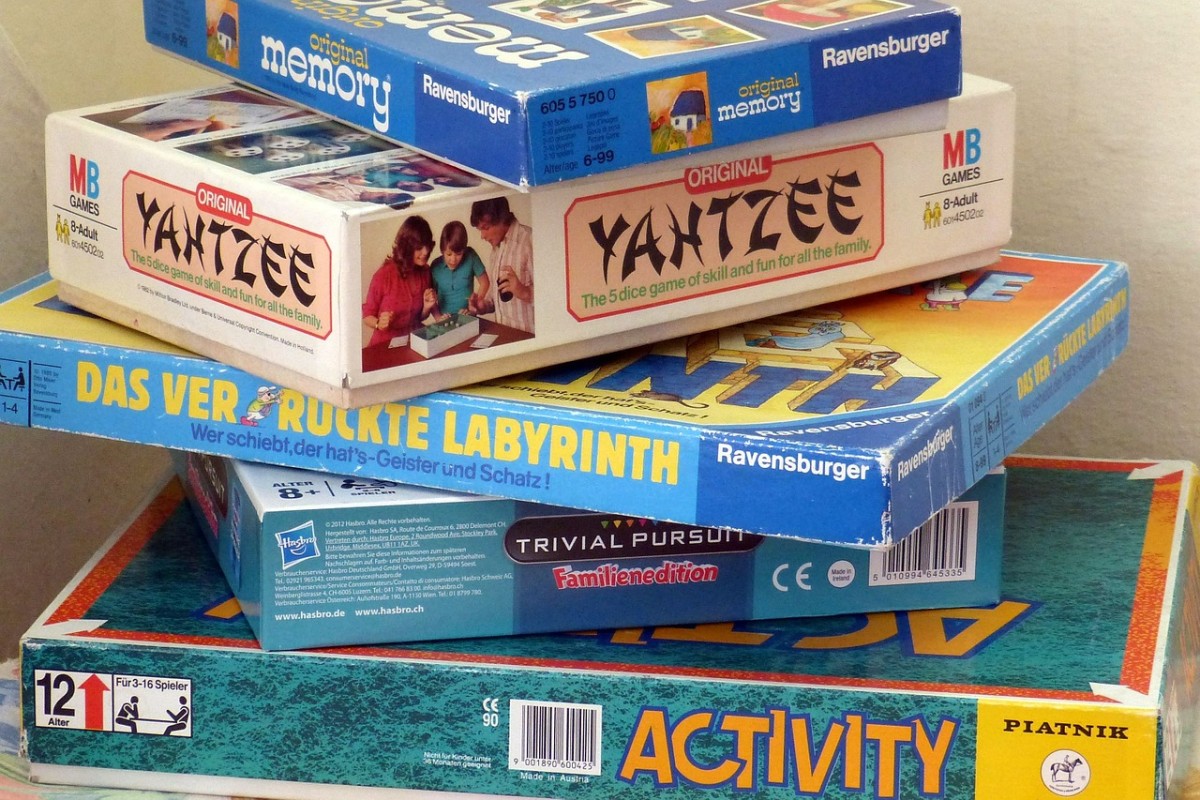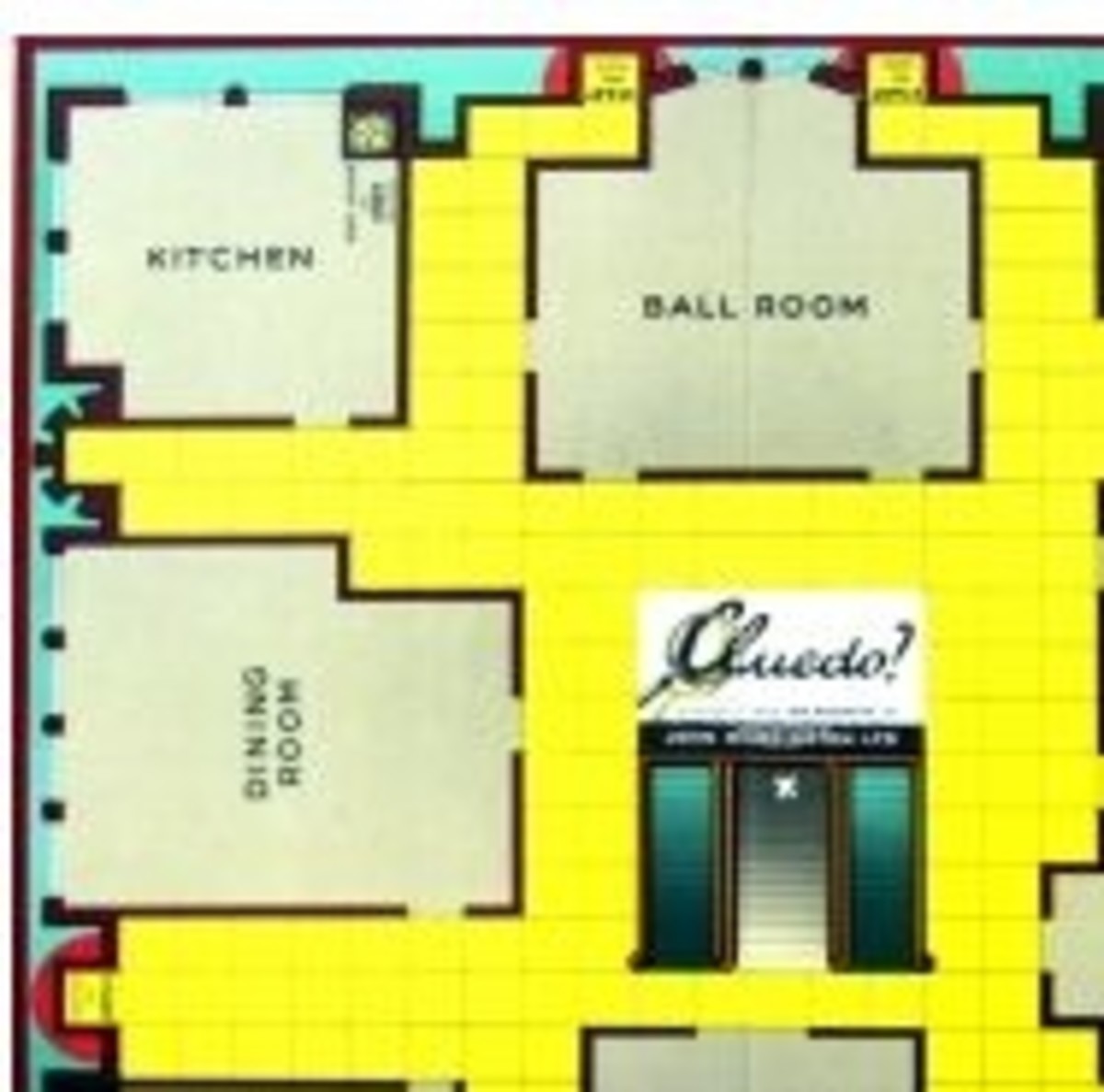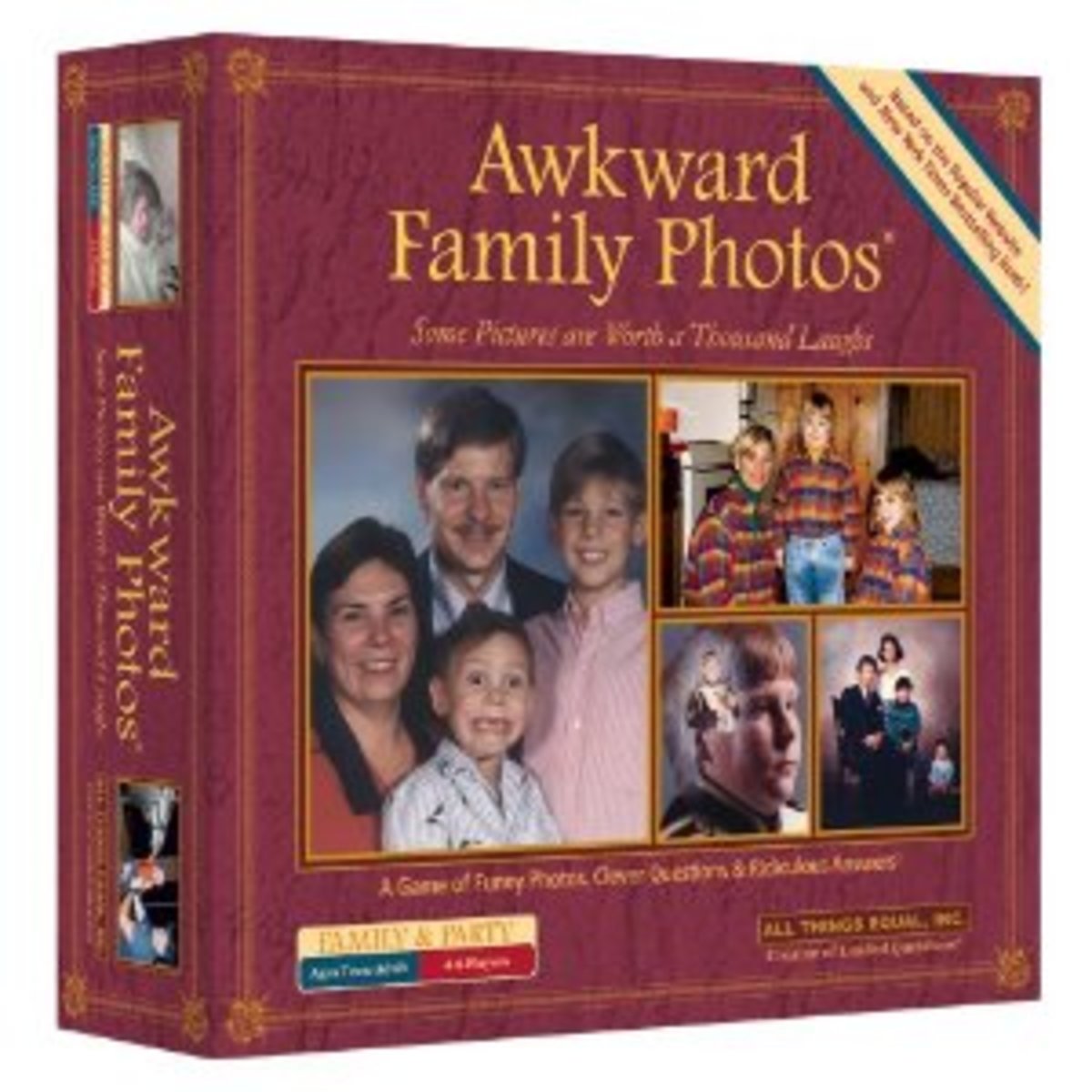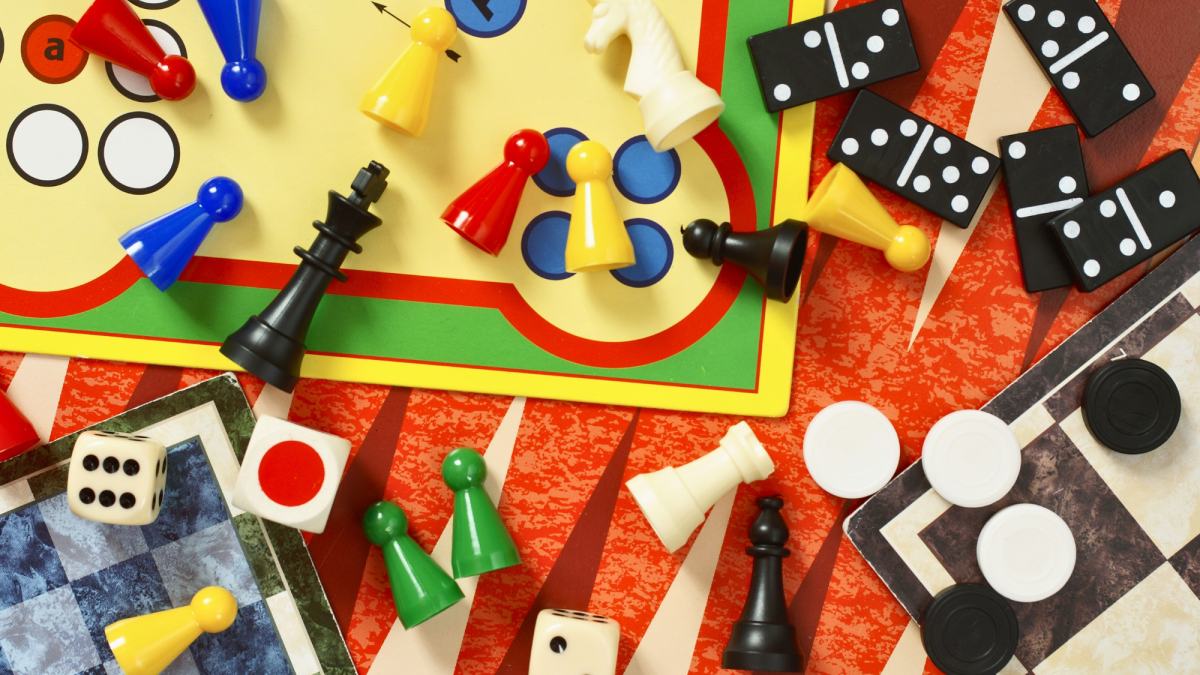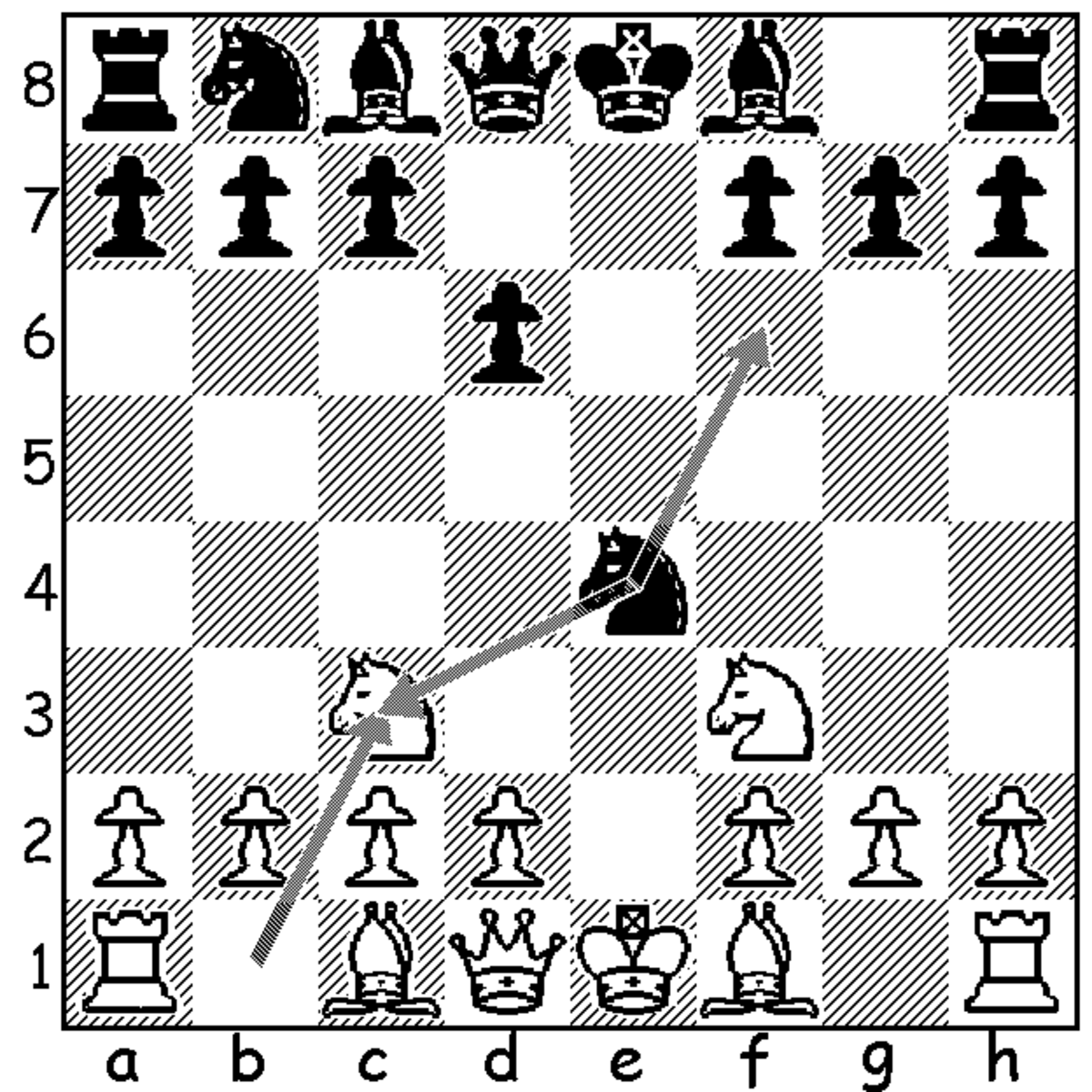Game Design Workshop: The Mummy's Tomb
The game workshops are meant to be a jumping-off point for your own creativity, not a cohesive detailed process from start to finish. I’ll establish the general ideas for the game, including the main mechanics and issues involved, and leave the details to you to fill in. After all, it’s your game, it should be the way you want.
So grab your kids, or your parents, or some friends, or some random strangers, grab the suggested materials below, and get designing! I promise it’ll be fun.
Suggested Materials
- Paper and cardboard (lots of it - this is for the board, cards, and maybe even markers and counters)
- Writing implements (pens, pencils, crayons, markers, etc)
- Foam (sheets of foam are good for backing a board to make it sturdier, and geometric foam shapes make nice markers and tokens)
- Playing Pieces (this can be anything you want - corks, pawns from another game, various toys, maybe even homemade out of clay)
- Dice (as many as you need)
- Scissors and other cutting implements (do not use sharp cutting implements without adult supervision)
Planning
For the second workshop, I thought we'd keep it simple but work on a different type of game. Instead of racing from point A to point B like in the previous workshop, our players will be racing to collect a certain number of things.
In this case, let's make them treasures, and let's make the players explorers in....
The Mummy's Tomb!
Goal
For this game, our goal can be a little more flexible. We want the players to collect objects, but the number is up to you. The goal could be to collect five artifacts, or maybe they're all searching for one particular treasure, and the first player to find it wins, or we could give the treasures a money value and whoever collects the most value in treasures wins. The choice is yours, and ultimately, it won't change the scope of our planning. It will change the way the game is played, but it shouldn't have much impact on the game itself. You might even offer the players different goals, and they can choose which one to use for each game.
Any way you decide, the point is still to collect a thing or many things.
Interaction
You have a nice big choice here. Naturally, we want this to be competitive since we're keeping it simple, but you could also turn this into a cooperative game and have the players racing against a time limit. Maybe the tomb is filling up with sand or water. Or maybe there's no time limit, but a lot of traps.
The degree of player interaction is up to you. You can have a finite amount of treasures, meaning that each time one is discovered is one less treasure for the other players to find. And if you need to collect them all, you're going to have to take them from the other players. That makes it direct competition, where the players gain through the other players' loss. But you could also have it be indirect competition by using the money value goal we listed above. The choice is yours
Whatever you decide, we want to be able to allow the players to mess with each other and steal treasures, so we'll explore options for that.
Focus
The theme of the game is exploration. You might also say "and taking stuff," but that's tacked on to the exploration. After all, we have to find the stuff in order to take it. The goal is the taking, but the method is the finding. In this section, we're thinking about the method.
I personally don't think the players should be fighting each other, but if you want to allow that as an option, go right ahead. In this workshop, I'm going to deal mostly with exploring. As we go through all our design decisions, I'll question how they help or hinder the players in finding (yes, and retrieving) our artifacts.
Theme
With a name like The Mummy's Tomb, we've got to go Egyptian. Egypt doesn't have the monopoly on mummies, true, but it's a classic. I'm also fond of the 1920s adventure serials (the inspiration for Indiana Jones), so we'll go with that, too. These are decidedly low-tech explorers.
Building
I consider all of the rules-making part of the building phase. Sometimes rules will be discovered as you physically make a part of the game, and sometimes rules will inspire you to make something for the game, so I lump it all in as the building portion of designing the game, because either way - with things or words - we’re putting together the nuts and bolts of the game.
Or the stone and wrappings as the case may be.
The Board
I love making boards. I have to admit, I usually overdo it and have to scale back. Making the board for a game is fun, and for this game we can go a little crazy.
Since the focus here is exploration, the players shouldn't be able to see the whole board (the whole tomb) right away. It's only natural that they have to explore and discover the whereabouts of the treasures. So let's make the board in parts. What kind of parts is up to you, but I'll give you a couple examples.
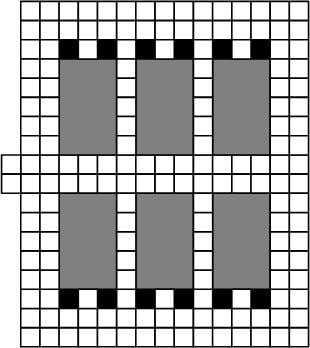
1. Hidden Rooms
You've seen the board for Clue, right? It's a big mansion where the rooms are all big blocks, and the hallway is the part that actually contains all the squares where the players move. We can do something like that, but leave all the rooms blank. So the players will move around in the corridors, but once they're in a room, they're in the whole room. But instead of having the rooms on the board, we can turn them into tiles. When a player enters the room for the first time, we can put down the tile over the blank space and "discover" the room.
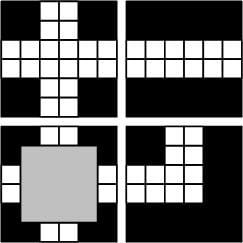
2. Modular Board
This version might take a little more work, but I think it could be more exciting. Instead of the players seeing the whole board, reveal it to them a piece at a time. A corridor here, a turn or T-junction there, and every so often let them stumble across a room. There are several games that utilize this sort of board for this kind of exploration effect, and it works very well to add to the game's atmosphere, not to mention adding to its replay value as well.
Revealing the tomb
Before we go on, let's discuss ways to reveal the tomb to players.
Option one is easy. Each room could be the same size, and on a one-sided tile (with the other side being black or some sort of identical backing). Shuffle up the tiles and place them in a stack, face-down. When a player enters a room for the first time, take the top tile from the stack and set it on the board, face-up.
If you make your board pieces the same size, you can use this method for option two as well. When a player reaches the edge of one of the pieces, flip over the top piece of the pile and add it. Just make sure you design the pieces so that they'll be able to connect.
You could also make a card that matches each board piece (or a bunch of similar board pieces), and instead of flipping over the pieces themselves, use the deck of cards. When it comes time for the next board piece, flip over the top card and place the piece that matches. This method is good if you want to make board pieces that are different shapes and sizes.
Letting the players do stuff
For the game to be successful, we have to lay down the rule to let the players do two things: move, and take stuff.
Moving is easy. Grab a six-sided die and use that. Odds are, our tomb isn't going to be very big, so moving up to six squares at a time should be plenty. We can add things here and there to improve or impede movement, but we should really just leave it at that.
Taking stuff should also be simple. We don't want to add a lot of rules, since this game will take a little while. Between the exploration and the keep-away at the end (if the players have to steal from each other to win), the game will be long enough without making it complicated.
Taking things breaks down into two categories: finding things in rooms and stealing things from other players. For now, I'll just rely on the die again. I'll make each room have a difficulty number (1-6), which represents how cluttered the room is, and to find a treasure, the player has to match or exceed the difficulty number on the die. To steal an item from another player, the player has to roll equal to or lower than the number of items carried by the target. So if the player only has one treasure, you have to roll a one to steal it.
And now we have a fully functioning game. I don't know how much fun it will be, but it will work just fine.
The Treasures
Let's talk about the treasures for a moment. They're pretty important to the game, so they deserve a little consideration. They might also be a way for you to add a little spice to the game.
We already talked about assigning money values to them, but think about this: What if they were magical?
What if when you found a treasure, you could also do cool stuff? Like one treasure could let you go faster, or another treasure could make it easier to steal an object. You could really add some neat stuff to the game this way, give the players a bit more incentive to get the treasures, and provide some interesting choices to them in terms of which treasures they'd like to go after.
If you want to differentiate the treasures, even through money values, cards are a good way to go here. Make a card for each treasure with any information on it you need, like the money value or what benefit it will give to the players who carry it. You can even give it a name and add a nice picture. Give all the cards a standard back, and you can pick random treasures the same way you discovered rooms: When you find a treasure, take the top card from the deck. When a player steals the treasure, give them that card. It's a simple way to keep track.
Of course, if you want to get fancy, you can make little 3D tokens, put them into treasure chests, and place the closed chests randomly in the rooms if you're using one big fixed board.
The Mummy
What kind of a game would The Mummy's Tomb be without an actual mummy?
There are several ways you can incorporate the mummy into the game. I'll suggest a couple, but I won't go into detail. I might leave the mummy out of my game, but I'm not going to get too complicated.
1. Hidden Mummy
The easiest way to put in the mummy is as a treasure card and hide it in the deck. Then if you draw the mummy when searching, you suffer a penalty. Penalties can range from losing a treasure to going back to the tomb entrance. You don't want to make it too severe, but you certainly want to have the players afraid of drawing the mummy.
2. A Mummy Among Us
You could add the mummy as a shared playing piece. In between each player's turn, the mummy gets a turn. Make sure you set clear rules for the mummy, like it always moves toward the nearest player, or the players will work together to render it useless.
3. Felt, but not seen
Another way to get the mummy in there is to imply its presence. For instance, if you roll a one for movement, the mummy catches up to you and you have to perhaps roll against a table to see what happens, or you could make a deck of cards with consequences on them and the players draw one each time. This way you don't have to tack the mummy, but its presence is always there. In fact, a consequence (or Mummy) deck works for the other two methods above, as well.
Extra Stuff
There are plenty of details you can add to the game to make it your own. For instance, you could let each player play a character with advantages and disadvantages. Or you can expand the treasure deck into an Exploration deck and include other things in there for the players to find: snakes, robbers, traps, etc.
I would caution against making the game too elaborate, but feel free to experiment and add all sorts of things.
Refining
Like any good creative work, you'll go through an editing phase once you've built it all. As you play, you'll figure out what works and what doesn't, and make any changes. Experiment as you go and don't be afraid to redo huge parts of your game.
Since we're doing this for fun, you don't have to worry too much about refining, but you'll find that you'll do it naturally, since you want the game to be the best it can be.
I'm not going to tell you what that is, since fun is subjective. You'll find out what you think is the most fun. That's the best thing about making your own game - it's guaranteed to be fun.
Go grab some stuff and get designing! And keep playing!
And please let me know what you come up with. I'd love to play your game!

